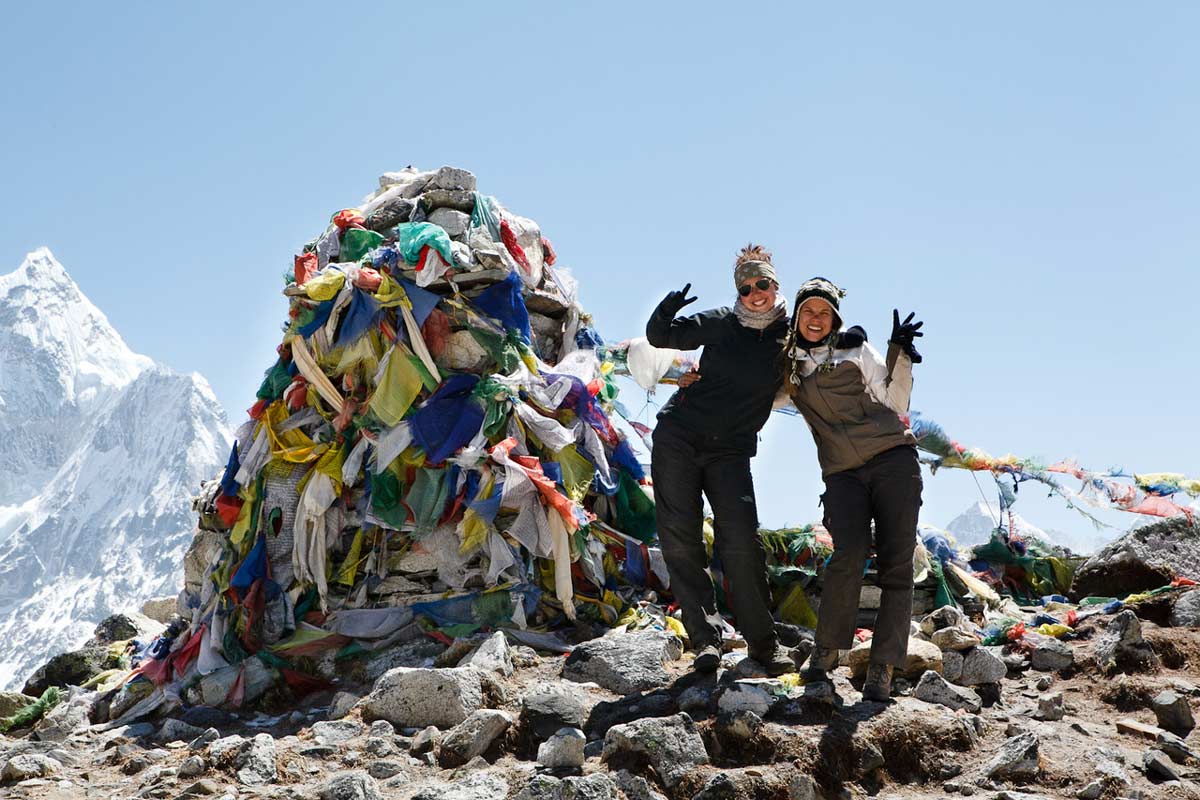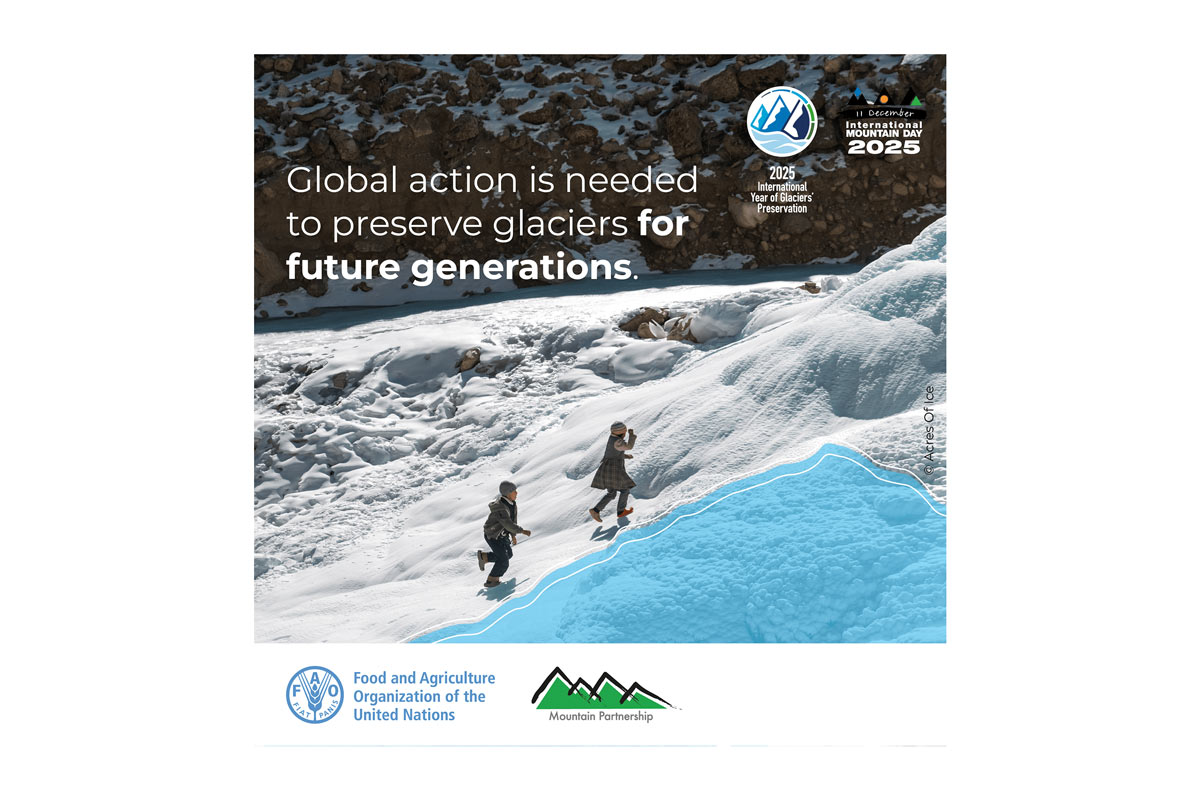OVERVIEW
The vision of Himalayan Circuit is to create a cleaner, more environmentally friendly approach to tourism in Nepal. The organisation aims to create a generation of conscientious travellers who will be inspired to clean up in other places they travel to. Without being limited to litter picking the project Togetherness for Sustainability of the Mountain Trails further focuses on recycling and not using single-use plastics among other things. Due to the global climate crisis, Himalayan Circuit is using its platform to educate and assist in the conscious effort to reduce carbon footprint and slow down climate change.
Vision, goals and objectives
The vision at Himalayan Circuit is to create a cleaner, more environmentally friendly approach to tourism in Nepal. The organisation aims to create a generation of conscientious travellers who will be inspired to clean up in other places they travel to. This vision is not limited to litter picking but to recycling and not using single-use plastics among other things. Due to the climate crisis, the world faces, the Himalayan Circuit uses its platform to educate and assist in the conscious effort to reduce carbon footprint and slow down climate change. One hindrance Himalayan Circuit is aware of is that they cannot control other people leaving litter on treks. Thus, they can only account for Himalayan Circuit treks not littering and initiating clean up en-route.
The goal is to reduce waste by 10 % each season which will have a positive impact on Nepal over the course of each year. By maintaining high standards of education in the area, the organisation can raise the bar each year and exceed expectations. They are committed to protecting the environment of Nepal and contributing to the global cause of making cleaner earth whilst contributing to the battle of climate change. They recognise the percentages are low, but realistically with the amount of litter on the mountains and the safety of the team, they have to have manageable sustainable numbers and as they work through the initial stages of the cleanup, they can amend and revisit their methods to increase targets and goals appropriately. To maintain momentum and commitment, they feel that using 10% is achievable and will encourage trekkers to go above and beyond when travelling to clean up the mountains. Also, as this isn’t their personal mess, they will need to be encouraged to complete the initiative.
The objective is to see an overall reduction of waste by 75% by the year 2030 with the view for this to be reviewed every quarter to see if targets are hit.
Expected implementation and outcomes
Project plan
The Himalayan Circuit treks that last 30 days usually consist of up to 30 trekkers. The organisation knows how many meals each trekker will have and where it sources that food. The aim is to reduce waste by using reusable containers and environmentally friendly plastics. If each trekker collects 1kg of waste per week, there is a reduction of 120kg of mountain waste per 30 days trek on average. The targets are low on purpose as people thrive on achieving results and will be encouraged to pick up more. At the moment, trekkers are expected to carry the waste in provided bags, however, talks with porters have been initiated about how the 1kg target could be exceeded. Monitoring of the activity will happen every three months to see if goals are achieved and how the initiative can be improved.
Key tasks
Each trekker will be responsible for their designated amount. Ownership is put onto them for their responsibility of mountain clean up, though it is stressed, this cannot be forced only encouraged. The organisation acknowledges, at times, treks can be too dangerous to pick up litter and climb, when those situations arise safety of the people is put first. Himalayan Circuit knows its treks and what is achievable. The plan is fluid to accommodate these instances. During times where it is completely safe to do so, the organisation will ensure that tourists are keeping up with their agreement. The trekkers are there to explore and see Nepal rather than purely cleaning up.
Climbing, mountaineering or outdoor sport focus
This project encompasses climbing and mountaineering at its core. Himalayan Circuit prides itself on off the beaten track treks and wants to continue doing this therefore it is important to look after the surroundings. The treks rely on the mountains and want to showcase Nepal at its finest, the only way this can be done is to keep the mountains clean and tidy and forever, ‘insta-ready’. The organisation prides itself on the natural beauty Nepal has to offer and the only way it can deliver is to ensure waste is collected. That aside, Himalayan Circuit wants to contribute to the global effect of fighting climate change and reducing carbon footprint. By collecting waste and disposing of it correctly in recycling centres etc. the organisation can contribute to the overall global clear up.
As activities such as camping and adventure tourism are on the rise, the project aims to reduce the hazards that are arising due to a higher influx of people descending on the mountains. The mountaineering and mountain based tourism activities consist of mainly trekking, climbing, camping and expedition tourists. The project, therefore, focuses on the mountain trails where the majority of these activities take place. Due to the growing success of Nepal’s mountain tourism, Himalayan Circuit is consciously aware of the footprint its trekkers leave in the area. Therefore, first and foremost, it makes a conscious effort to clear up after itself but also take the initiative to clear up additional waste.
Best practice in mountaineering and mountain-based sports for mountain protection
The plan goes above and beyond business-as-usual because it not only sets out to eliminate adding to the waste, but also initiates clearing up of the areas that clients will trek through. Himalayan Circuit is a tour operator conducting treks in the mountains and organising regular, less strenuous trips also. Due to the volume of tourists in the mountains, this creates new trails which adds to the degradation of the pasture lands in the trekking regions. With this in mind, the organisation makes a conscious effort to reuse already made treks to the best of its ability to limit the additional land in use. This also affects the wild animals, birds and water resources in the mountains. According to the new census count of Rhino in Nepal, published by WWF, the population of these animals is increasing. Himalayan Circuit understands its fundamental responsibility to ensure that the next census shows an even bigger increase of the Rhino and other animals in Nepal. Due to this, there is a need to preserve habitat and life on this planet for all animals, especially endangered animals. Equally, due to the number of trekkers passing in the regions, pollution which distracts and upsets the local wildlife is another important issue needing to be raised. As so, the project also includes noise pollution into introductions and makes trekkers aware upon entering a particularly densely populated area whereby the wildlife needs extra care and consideration. Humans can be detrimental to the sustainability of the resources in the area due to sound pollution as well as physical impacts. Therefore, this project aims to reduce all those negative impacts in the mountain ecosystem that may arise due to the adventure activities in the Himalayas.



